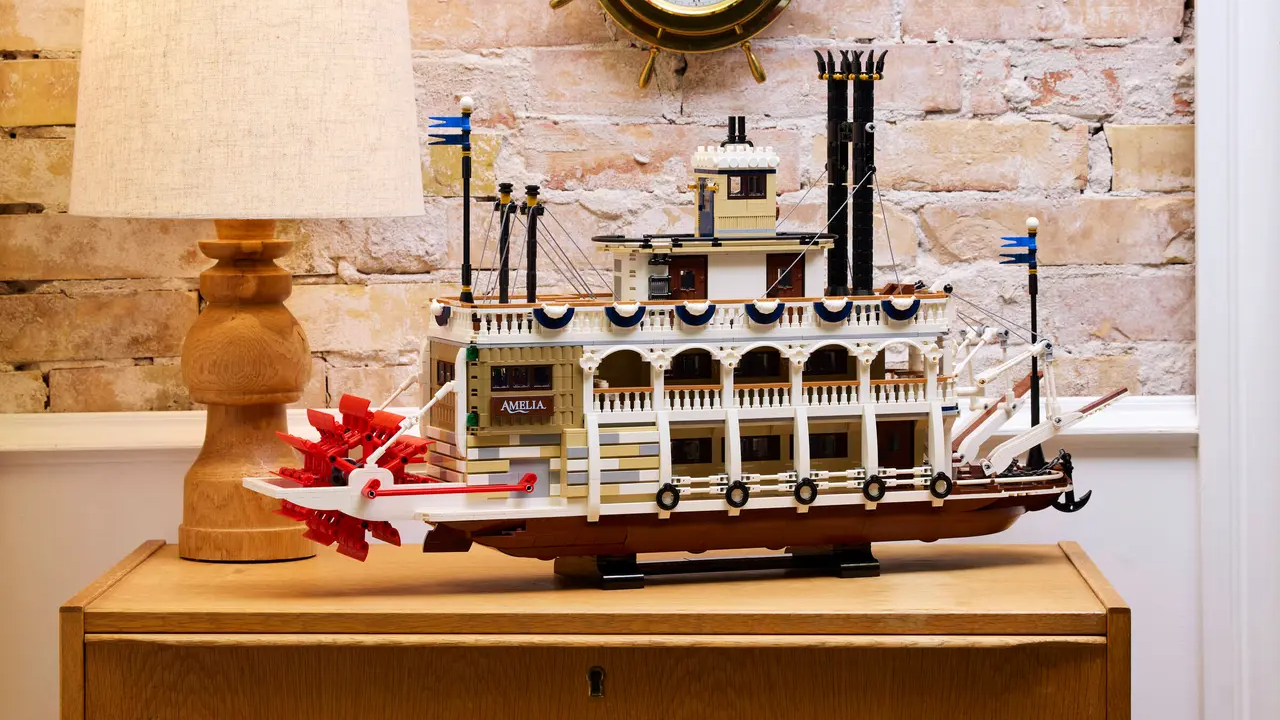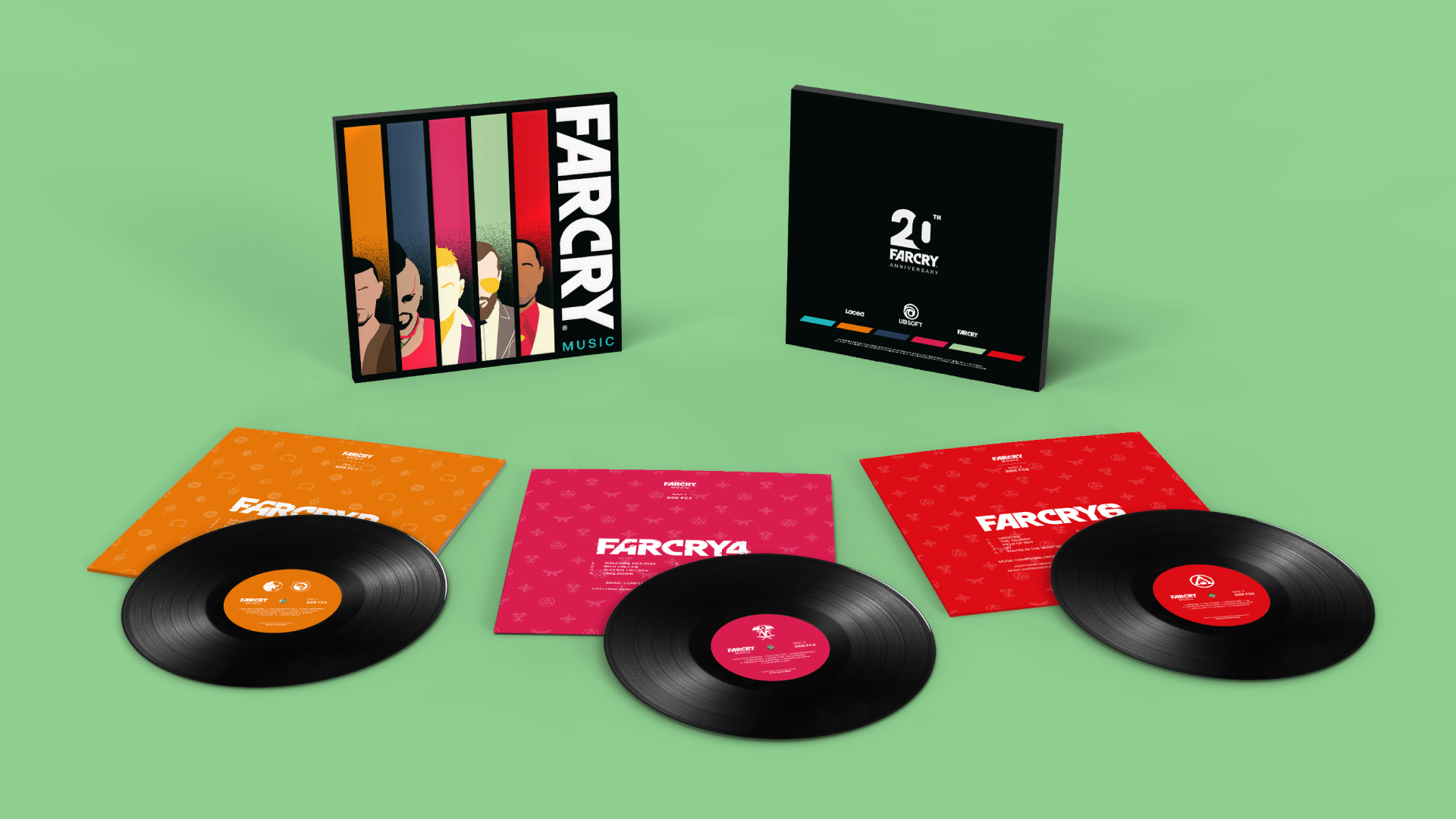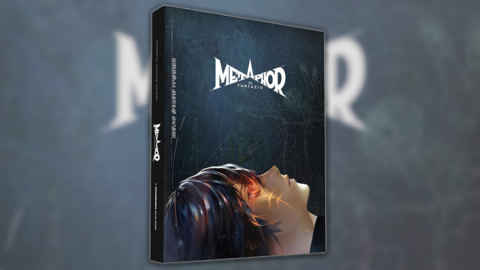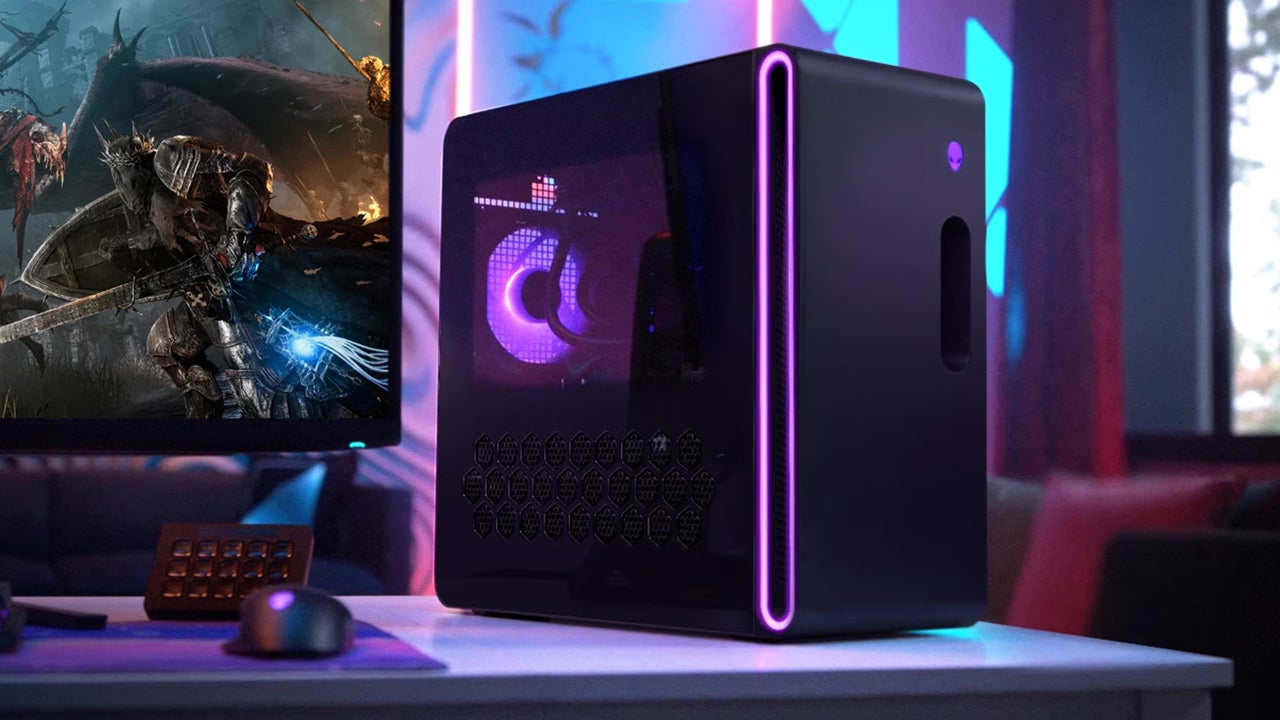
The new LEGO River Steamboat is a beautiful set and an engaging experience. A set's quality is defined by its build process as much as its end result, and the River Steamboat is Exhibit A. It has forward momentum – every step of its build process logically and organically leads to the next, and the layered design of the ship – each floor is easily removable from the next – means that all of the ship's inner details are accessible and viewable. LEGO first appealed to its adult audience with its line of modular buildings. And what we have here is a modular boat, with the same attention to detail – both unique and mundane – that creates a greater, cohesive whole.
The River Steamboat is from the LEGO Ideas line. A LEGO fan submits an original idea, along with a proof-of-concept, for consideration. The community then votes on it. The chosen fan's idea becomes an official LEGO set, and the fan who conceived the idea gets a cut of the profits. Prior successful LEGO Ideas include The Nightmare Before Christmas, Jaws, and Dungeons & Dragons: Red Dragon's Tale.
The LEGO River Steamboat is inspired by the massive real-life paddle boats that chugged up and down the Mississippi River in the 1800s. Originally used for industrial transport, the steamboat was ultimately supplanted by the steam engine train and the screw propeller boat. With no practical reason to exist, the paddle boats became pleasure boats, with amenities and gambling on board. They continue to serve that purpose today; when my wife and I went on our honeymoon to New Orleans, we took a riverboat cruise down the Mississippi, where we dined, drank, danced, and listened to jazz.
The LEGO River Steamboat comes with a jazz lounge and a dining room. But it also has its practical areas, including a boiler engine room that connects to the paddle wheel. Push the boat, and the wheel turns. The pilothouse has a steering wheel, and when you turn it, the rudder at the bottom of the boat also turns. There's a kitchen area and a sleeping area for the crew. There's an anchor on a chain that rolls up on a spool. And meanwhile, another spool of riggings raises and lowers the boarding stages on the ship's bow.

The designers divided the build – 4,090 pieces – into 32 separate bags. You start with the base of the ship which includes the boiler room and a miniature nautical museum. Here, in addition to the actual boat engine, you can see a piston engine, an aeolipile (steam turbine) and a Watt steam engine. Across from the engine room is the small kitchen with a refrigerator, stove, and basin sink. I'm continually impressed by the minimalism of LEGO design and the designers' ability to repurpose a piece by simply changing its color scheme; a hot dog bun from a Fairgrounds build becomes an engine reinforcement in a Steamboat.
One floor up is the main deck, which contains the dining room and jazz lounge. The lounge is positioned above the boat's stern and includes tiny LEGO accessories for drums, saxophone, microphone, and an upright bass. The dining room is fancy, with tablecloth elements and attractive chairs. There are light fixture elements that straddle the inside and outside of the compartment. On the wall are posters which advertise the on-board entertainment. One of the wall paintings is a stylized depiction of the A-Frame Cabin, another LEGO Ideas set (see at Amazon).

You build the dining room separately and 'drop' it into the larger build. And because the ship's footprint is wider and longer than the dining room, you create a deck space, where your minifigures can lean on the outside railing and take in the sights. Speaking of minifigures, no minifigures come with the set. Some crew members and some tourists could have given the ship a bit more life and playfulness. But perhaps LEGO wanted to send a message that this was a set for show and not for play.

One floor up from the main deck is the crew deck, which includes a set of beds and a bathroom (with a toilet, sink, and shower stall). Above that is the pilothouse. One of the most impressive quirks of the Steamboat is the aforementioned steering wheel. It's a minor feat of engineering that turning the wheel on one end of the ship turns the rudder on the other end of the ship. It's accomplished by threading a rod through all four levels of the steamboat. The amount of planning that surely went into accomplishing this is impressive. But it's worth it. It's a small mechanical effect, but any LEGO builder who's ever attempted something similar will appreciate the effort that went towards accomplishing it.

I love many little things about this set. There's the white billowy flags, repurposed from a croissant accessory. There's the clean, neat, white rows of railings that line the outer decks. There's the patterned tiles in the lounge areas, which give the impression of rugs. Though massive (and it is quite massive), this set looks more like 3,500 pieces than 4,000 pieces. But after building it and indulging in all its specific details, all its well-appointed rooms, you'll know where those extra 500 pieces went.

There's a guiding principle to writing that William Strunk mentions in his book The Elements of Style:
"Vigorous writing is concise. A sentence should contain no unnecessary words, a paragraph no unnecessary sentences, for the same reason that a drawing should have no unnecessary lines and a machine no unnecessary parts. This requires not that the writer make all his sentences short, or that he avoid all detail and treat his subject only in outline, but that every word tell."
The River Steamboat is the LEGO equivalent of that principle; every brick tells. Every rod and stud has its purpose and function. Every decorative element is pleasing, not superfluous. And every room, every space on the ship, is individually pretty, while contributing to the whole. Definitely check it out. This is a LEGO build for LEGO lovers.
LEGO River Steamboat, Set #21356, retails for $329.99, and it is composed of 4,090 pieces. It is available exclusively at the LEGO Store.
See more popular LEGO sets for adults
Kevin Wong is a contributing freelancer for IGN, specializing in LEGO. He's also been published in Complex, Engadget, Gamespot, Kotaku, and more. Follow him on Twitter at @kevinjameswong.















